Introduction
Choosing the right beef can significantly enhance the flavor, texture, and overall dining experience. Whether you’re preparing a steak for a special occasion, grilling burgers for a family gathering, or simply looking to incorporate more lean protein into your diet, understanding how to select high-quality beef is crucial. This guide will provide you with comprehensive insights into the various factors to consider when purchasing beef, ensuring you bring home the best cut for your needs.
Understanding Beef Grades
One of the first steps in selecting beef is understanding the grading system used in your country. In the United States, beef is graded by the United States Department of Agriculture (USDA) based on factors such as marbling (the amount of fat within the muscle), age, and maturity of the animal. The primary grades are Prime, Choice, Select, and Standard (or Commercial), with Prime being the highest quality and most expensive.
-
Prime Grade: This grade is reserved for beef that has abundant marbling, tender texture, and excellent flavor. Prime beef is often found in high-end restaurants and specialty butcher shops.
-
Choice Grade: Choice beef is widely available in supermarkets and has a good balance of marbling, flavor, and tenderness. While it may not have the same level of marbling as Prime, it still offers an excellent eating experience.
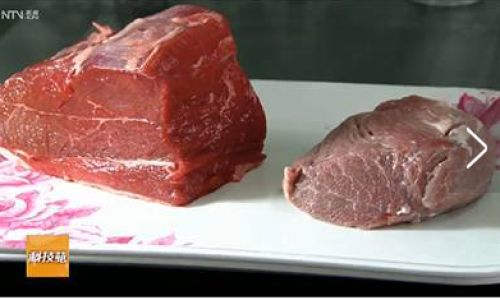
-
Select Grade: Select beef has less marbling than Choice and Prime, making it leaner but potentially less tender and flavorful. It’s a good choice for those looking to limit their fat intake.
-
Standard/Commercial Grade: This is the lowest grade and is typically used for ground beef and processed meat products due to its lower quality and lack of marbling.
In other countries, grading systems may differ, so it’s essential to familiarize yourself with the local standards. For instance, in Australia, beef is graded on a scale from M1 to M9+, with M9+ being the highest quality and most marbled.
Choosing the Right Cut
Different cuts of beef suit various cooking methods and recipes. Understanding the characteristics of each cut will help you make an informed decision.
-
Steaks: Popular cuts include Ribeye, New York Strip, T-Bone, and Porterhouse. Ribeye is known for its rich flavor and tenderness, making it ideal for grilling or broiling. New York Strip has less marbling but is still tender and flavorful, suitable for grilling or pan-searing. T-Bone and Porterhouse are both bone-in steaks that feature a tenderloin and strip steak on one side, making them perfect for those who want a combination of flavors and textures.
-
Roasts: Beef roasts come in various shapes and sizes, including Chuck, Rib, and Brisket. Chuck roast is well-suited for slow cooking methods like braising or stewing, while Rib roast (also known as Prime Rib) is a luxurious choice for holidays and special occasions due to its tenderness and marbling. Brisket is tough but flavorful, ideal for slow cooking to break down the fibers.
-
Ground Beef: When selecting ground beef, look for a label indicating the percentage of lean meat to fat. For healthier options, choose ground beef with a higher lean content, such as 90% lean or 93% lean. However, a small amount of fat (around 10-20%) can enhance flavor and moisture in burgers and meatballs.
Considering the Source
The quality of beef can also be influenced by the source, including the breed of the cow, its diet, and how it was raised.
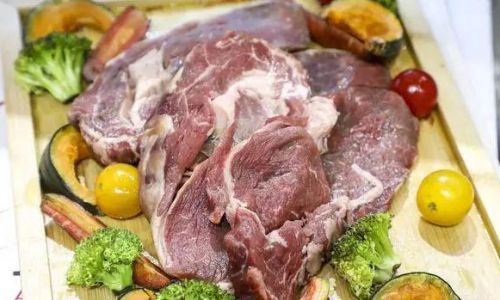
-
Grass-Fed vs. Grain-Fed: Grass-fed beef comes from cows that have been raised primarily on pasture, eating natural grasses and forages. This type of beef is often leaner, with a distinct flavor profile that some people prefer. Grain-fed beef, on the other hand, comes from cows that have been finished on a diet of grain, which leads to more marbling and a more tender, flavorful meat. Grain-fed beef is generally more expensive due to the higher cost of feed.
-
Organic and Natural Labels: Organic beef comes from cows that have been raised without antibiotics, growth hormones, or synthetic pesticides. Natural beef has similar requirements but may have less stringent standards depending on the country. These labels can indicate a higher quality of life for the animals and potentially healthier meat for consumption.
-
Local and Sustainable Farms: Supporting local farmers and ranchers can ensure you’re getting fresh, high-quality beef while also promoting sustainability. Local farms often have better traceability, allowing you to know more about the source of your meat.
Inspecting the Meat
Before purchasing, take a few moments to inspect the beef yourself. Look for the following signs of quality:
-
Color: Fresh beef should have a bright cherry-red color. Darker or brownish hues can indicate aging or poor handling.
-
Marbling: As mentioned earlier, marbling adds flavor, moisture, and tenderness. Look for even distribution of fat within the muscle for optimal eating experience.
-
Firmness: The meat should be firm to the touch, with a slight bounce when pressed. Avoid meat that feels soft or spongy.
-
Smell: Fresh beef should have a mild, slightly sweet aroma. Avoid meat with a strong, off-putting smell, which could indicate spoilage.
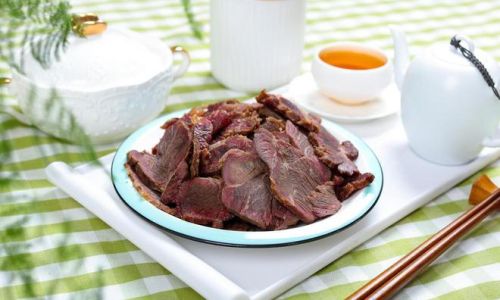
Storage and Handling
Once you’ve selected your beef, proper storage and handling are crucial to maintain its quality.
-
Refrigeration: Store beef in the coldest part of your refrigerator, ideally on a lower shelf to prevent cross-contamination with other foods.
-
Freezing: If you’re not planning to cook the beef immediately, wrap it tightly in plastic wrap and then aluminum foil or place it in a freezer-safe bag to prevent freezer burn. Properly frozen beef can be stored for several months.
-
Thawing: Thaw beef in the refrigerator, never on the counter or in hot water, to prevent bacterial growth.
Conclusion
Choosing high-quality beef involves understanding beef grades, selecting the right cut for your cooking needs, considering the source of the meat, and inspecting it for freshness. By following these guidelines, you can ensure that your beef dishes are not only delicious but also nutritious and safe to eat. Remember, the best beef is not always the most expensive; it’s the one that meets your specific criteria for flavor, texture, and overall quality. Happy cooking!


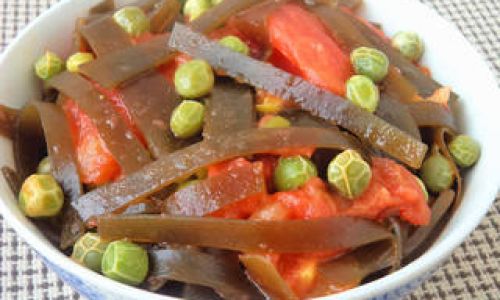
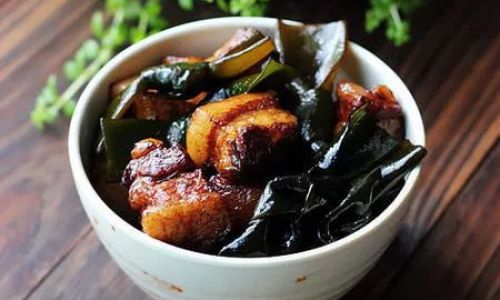
0 comments